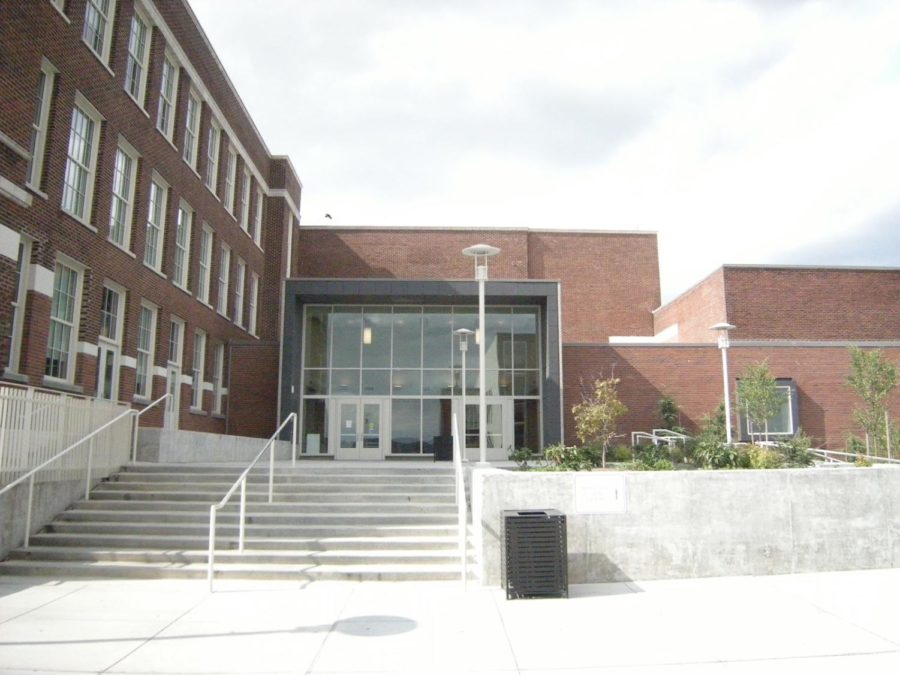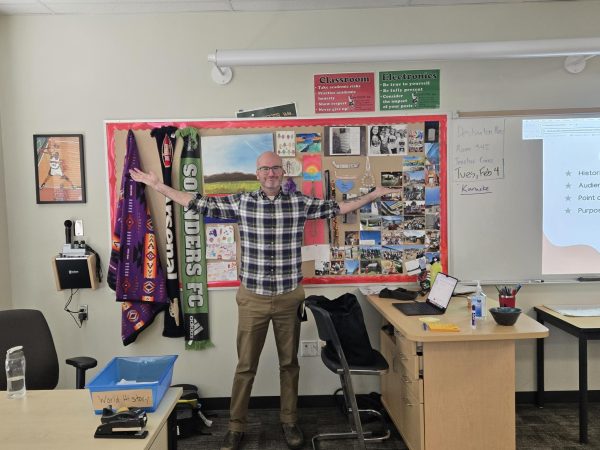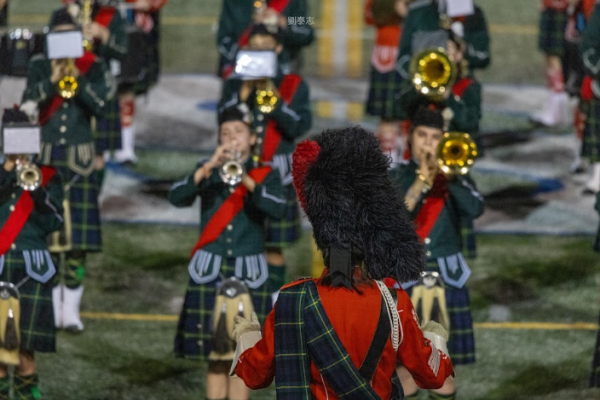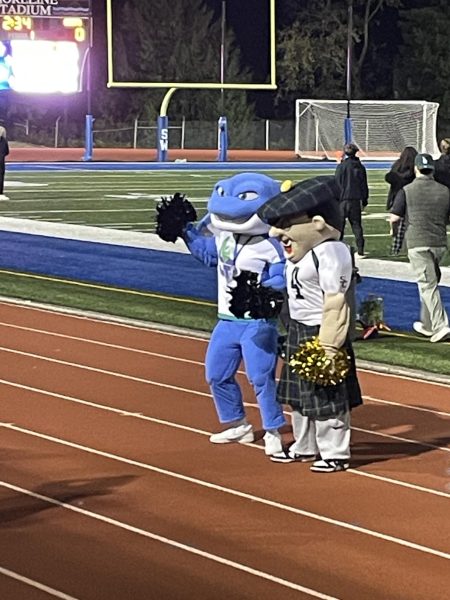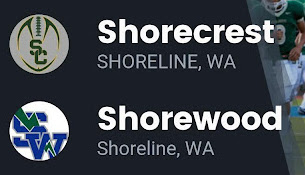Adapting to Public High School
Transitioning from middle school to high school is a big change in a student’s life. But, for some students, this experience is also the first public school experience they’ve ever had. Many people don’t realize that not all high school students went to a big middle school. For example, students from a k-8 school, private school, or out-of-district school might feed into the same big high school. Another option that is often overlooked is homeschooling. Homeschool comes in all different forms and it is quite common for high school to be the transition point for a homeschooled student. However, homeschooling can be occasionally misunderstood, and the transition can present unique challenges for students. It can be hard to make friends and adjust to the environment of public school, particularly because it is so different from the homeschool setting.
You may be wondering, what is homeschooling? Homeschooling is the choice, often made by a student’s parents, to teach them from home instead of sending them to a more common school setting. Homeschooled students still learn the same subjects as public schooled students, such as math, English, and science, but the curriculum and teaching style may be catered to the student’s needs or abilities. Typically, a parent or tutor teaches the student individually, and homeschooling usually involves a lot of independent, self-taught work.
Sometimes homeschoolers face stereotypes or judgment about their educational ability based on the assumption that they don’t learn as much or aren’t doing any schoolwork. This is something we’ve experienced when telling the grocery store clerk or the mom on the playground that we’re homeschooled. “The primary stereotypes we have encountered are the assumptions that no education is taking place or that all homeschoolers are socially weird,” Amelia, a sophomore from Montana, said. “There are fringe homeschoolers who pay little attention to academics, but most do. Often when strangers encounter my family during traditional school hours, the kids get ‘pop quizzes’, usually in math, to check our education quality or status (which, by the way, is an annoying experience). As mentioned earlier, homeschooled kids are more sheltered and often more awkward in peer settings than their public school counterparts, but they do better engaging and interacting with adults. Public school kids don’t get branded as weird because they won’t make eye contact with adults or know how to maintain a conversation with them, and there are ‘weird’ kids in public school too so that generalized label to homeschoolers seems misapplied.”
Homeschoolers still must complete a standardized, state-approved test each year. If they fail the test, they must go to a public school. Statistics show that homeschooled students tend to do better on standardized tests than public-schooled students. The NHERI (National Home Education Research Institute) reports on its website that “The home-educated typically score 15 to 30 percentile points above public-school students on standardized academic achievement tests. (The public school average is roughly the 50th percentile; scores range from 1 to 99.) A 2015 study found Black homeschooled students to be scoring 23 to 42 percentile points above Black public school students (Ray, 2015).”
While detailed statistics aren’t yet available for the 2020-21 school year, we can only assume that the differences between previously homeschooled students who were able to continue learning with relatively few interruptions and public schooled students who had to learn remotely have only widened.
Homeschool is not always done just at home. There are many homeschool co-ops that families can choose to enroll in that can provide classes and enrichment for students. Co-ops are most often a community of homeschool families who gather together to offer classes to students. The co-op may be organized and taught by parents or relatives of homeschooled students. For example, a parent with a background in math may help high school students with their math classes, and a parent with language skills may teach kids Spanish. Classes often meet 1-5 days a week for a few hours. Most homeschooled students participate in co-ops as it’s a way to make friends and to learn about some interesting subjects that their parents may not be able to teach them. Shoreline School District’s co-op is the Home Education Exchange (HEE), and teaches classes for k-8th graders. Homeschooled students may also participate in other activities like playing on a sports team (sometimes a local high school team, but usually a rec or select team) or taking dancing or art classes.
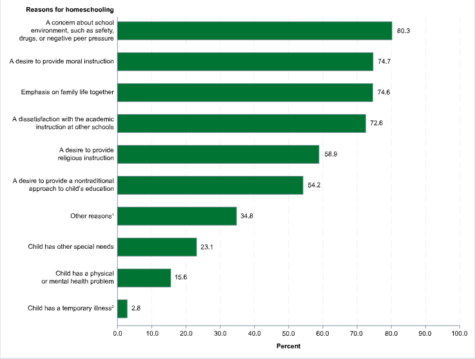
Families choose to homeschool for a variety of reasons, ranging from issues with the public school system to medical issues. According to the National Center for Educational Statistics (NCES), the main reason why parents choose to homeschool their children is because of concerns about school environment like bullying, peer pressure, drugs, and safety. Other main reasons include religious or moral instruction, issues with the public school system (such as the curriculum, teacher, or system), or medical needs. Most parents decide to homeschool their children due to a variety of reasons. Homeschooling takes a lot of time and effort, and choosing to homeschool is not a decision to take lightly. Families most likely to homeschool their children typically have multiple children, live in a rural area, and have one parent who is home a majority of the time. Surprisingly, income and race do not make as big of a difference as one might expect.
“I had a bad public school experience in kindergarten and 2nd grade. I thought reading was the only thing I was good at, and I hated math. My parents strongly disagreed with the notion, so they homeschooled me from 3rd through 8th grade,” Montana sophomore Amelia told us. Her parents decided to homeschool her younger siblings as well. Ben, a 17-year old, said that his family homeschools him because of his intense dancing schedule. “It’s mostly a matter of scheduling. My parents wanted us to have a personalized education where we could learn what we wanted at our own pace…for me anyways, when I was younger, my parents thought I wouldn’t be well suited to [public school] because of bullying.” Lise’s family has bounced between homeschool and public school due to concerns about peers, teachers, curriculum, extended traveling, and boredom. For students who are involved and committed to highly competitive sports like Ben, a flexible homeschool schedule may be the best way for their families to continue to prioritize education. Seeing as there are rules around how much school a student can miss, if they are serious about a sport and it requires them to travel, the options for them might be limited, and having a homeschool schedule may be the best option.
Homeschooling also allows families to have more flexibility in their lifestyle. For homeschoolers that work at their own pace, it makes it easier for families to have more control over how they spend their time. For example, if a student in public school has a dentist appointment or wants to travel, the student either has to miss school or reschedule the event. And with strict rules about attendance, especially in high school, this can get complicated. However, if a student is homeschooled, they could simply rearrange the time when they complete their schoolwork. Homeschool is also more flexible in terms of when it is done. There are no set days or hours for homeschool, so depending on your schedule or preference, you could choose to do your schoolwork in the morning, the middle of the day, or even the afternoon or evening. Some parents choose a day each week to dedicate to other activities, such as art, music, or even a field trip to a museum or a hike. Particularly for students not in a co-op, there are really no limits to when you can and cannot do school.
You may have seen the headlines over the last few years that public school enrollment has dropped, mainly due to the COVID-19 pandemic. Research statistics from the University of Boston show that the majority of students leaving the public school system were in K-3 grades. Kindergarten enrollment dropped by 10%. Overall public school enrollment dropped by 3%. While most students switched to homeschooling, some students also went to private schools.
COVID is one of the reasons why our families switched to homeschooling during the pandemic. Lise has siblings ranging from elementary to middle school. Her mom was not about to spend her days keeping track of multiple computers, and hundreds of passwords, while trying to help a kindergartener learn on Zoom. After finishing the 2020 school year online, and with the district’s unclear plan for reopening schools in the fall, Hannah’s family, with two students going into 7th and 3rd grade, decided they would homeschool until they felt more comfortable going back in person. The next year they decided to homeschool, the decision had more factors, including concerns about the school environment, and the pandemic. Both families wanted to make sure their kids stayed interested and engaged in learning, and they felt the best way to do that was through homeschooling.
While some homeschooling families homeschool their children all the way through high school (Lise’s mom was a homeschool graduate) most end up having to enroll their children in public school or community college classes at some point, usually because of graduation requirements. Students may transition out of homeschool for other reasons. Many homeschool co-ops end in 8th grade, and there are fewer resources for homeschooled students in high school. It can also be harder for homeschooled students to apply for or get into college, especially if they don’t have the necessary credits.
Many families choose to send their children to public school beginning in middle or high school. As students advance in their education, subjects like math, foreign language, or science, it can become more difficult for parents to teach their children. While some families can afford to hire tutors, most parents put their children in public or private schools.
“For high school, public schools offers a lot more options for education. Considering that I have a sister six years younger than me, my parents were being stretched a lot thinner as they attempted to reach that large of an age spread. Being the extrovert that I am, I was also pretty lonely in the homeschool model because I only got to hang out with kids my age infrequently. In the end, it was better for my parents and for me to start in public high school.” Amelia explained.
Transferring to the public school system is not a walk in the park. Because students that are homeschooled do not work in a classroom setting, they have to be self-motivated and more independent workers. Homeschool students do not face peer pressure or motivation to do well based on their peer’s performance. For homeschoolers not in a co-op, they may be assigned work to do by their parent and be given a deadline to complete it. For example, your mother might tell you to take notes on a chapter in your geography textbook, complete a math lesson, and read 2 chapters of a biography on Abraham Lincoln before lunch. This can help homeschoolers develop time management skills for students, but can also be a shock when they transition to public school and have to follow the pace of the classroom. What you could do in two hours at home might take three or four hours in school.
Things that public school students don’t think twice about like having to work in a classroom with the student next to them taking Snapchat pictures, spending hours on homework after school, staying up until 2 am to finish a paper, presentations in front of 30 people, eating lunch in a crowded and hectic cafeteria, strange fashion styles, social cliques – are very overwhelming for homeschoolers. “I was a “deer in headlights” for the first few days of school,” Amelia said. “It was tricky getting used to having eight different teachers, with different schedules, rules, homework, and grading methods. Also, friends didn’t just fall in my lap as I had expected, so it was a bit lonely at the onset.” Amelia said that joining clubs, finding some friendly students, and having her parents there to coach her through the transition made a big difference.
I (Lise) chatted with a previously homeschooled student who just transferred to Shorecrest. When asked what the hardest part about transitioning to SC was, they said “you realize how much easier homeschooling is” regarding managing a schedule and homework, and teachers. I also asked them about making friends. “If you have one friend, you can make more, but if you come in knowing no one then you’re lost.” Agreed.
Another difference most students notice when transitioning to public school is that some subjects are taught very differently. The SC math department teaches students to use the box and diamond to factor equations. Most homeschool textbooks use other methods. Another difference is that many homeschool textbooks constantly review what you recently learned, which helps you to retain information. Talking to students at Shorecrest, most kids did learn their multiplication tables at some point. But for lack of repetition and review, many have forgotten what 6 x 8 is. With 30 kids in each class, all at varying levels, it can be frustrating to have to wait for everyone to finish their work. Or on the other end, get stuck on something seemingly ‘super easy’ to those around you. In homeschooling, if we had issues, our parents were just in the next room and could easily spend 30 minutes teaching us how to do something.
Examples of some math, science, and geography homeschool textbooks. Homeschooled students still have tests, lessons, and hard subjects. It’s not a vacation!
In the end, there are advantages to homeschooling (having a flexible schedule and tailored curriculum) and public school (learning to work with other people and more formal education) and disadvantages to public school. Homeschooled and public schooled students usually only get to see one side of these two different forms of education, but as all students are unique learners with diverse home situations, there is no clear option that is generally better.



